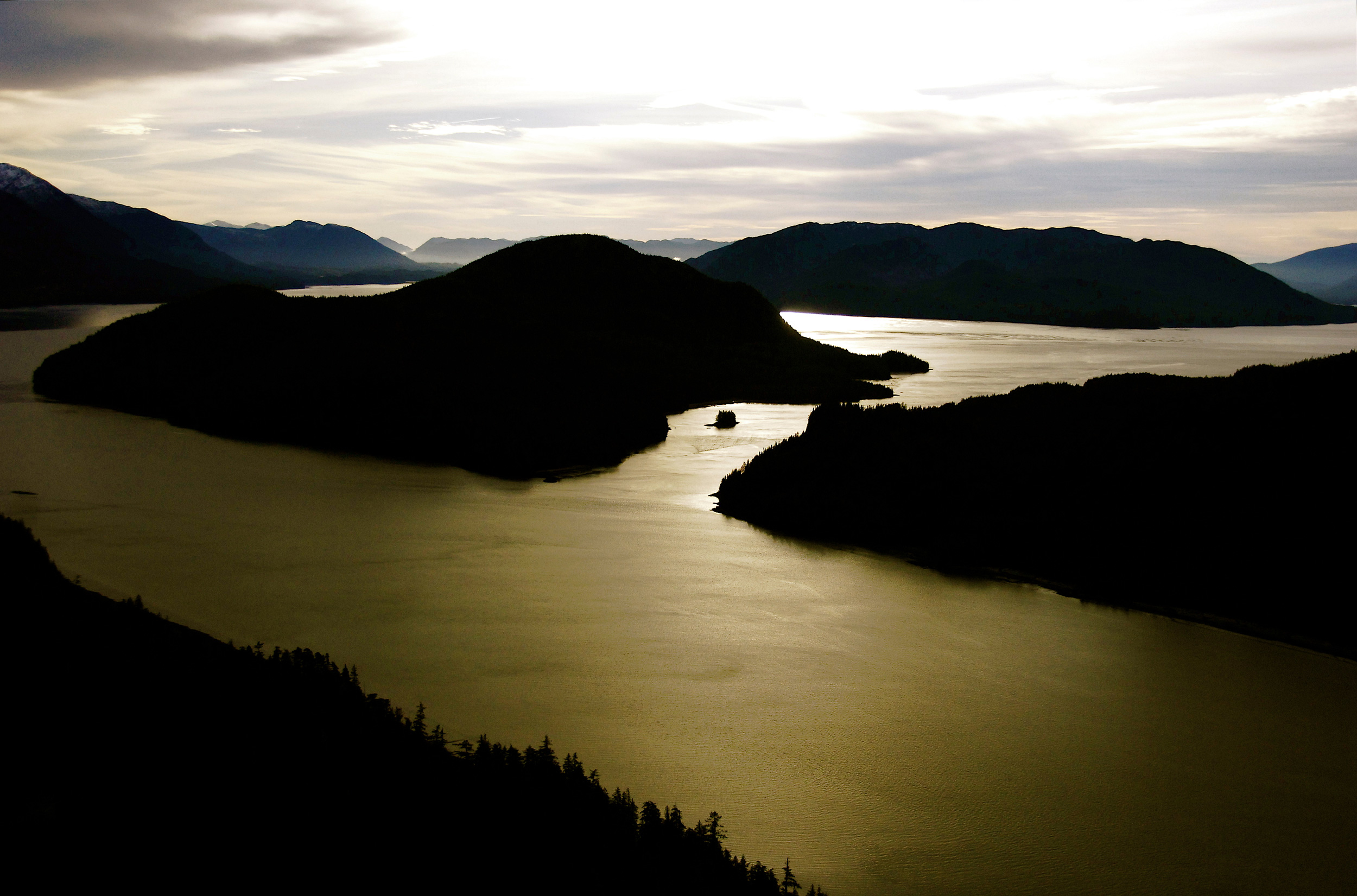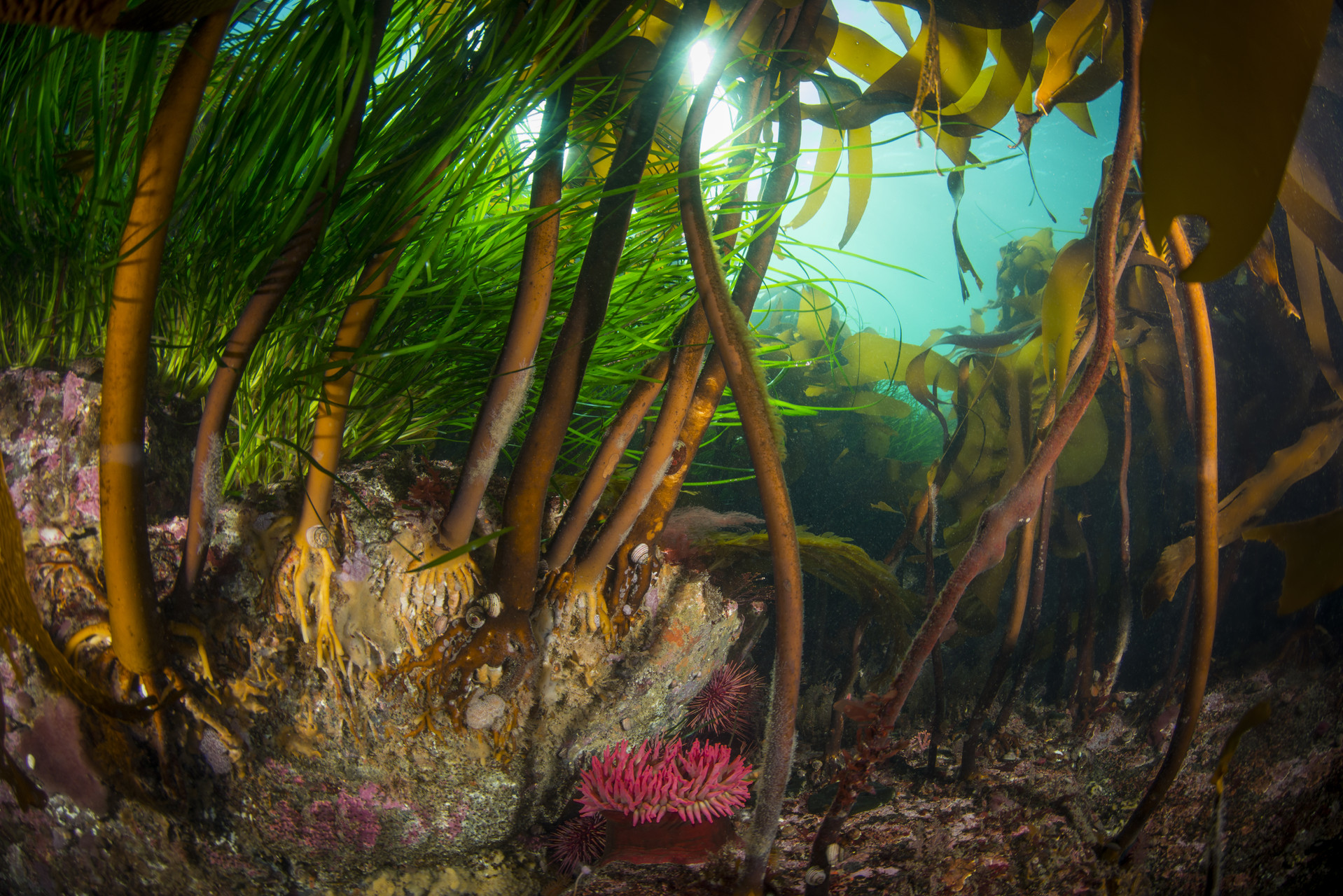Blue Carbon: What we know — and don’t know — about this nature-based climate solution
WWF-Canada recently launched a milestone collaborative report on coastal blue carbon ecosystems in Canada. So, we spoke to Jessica Currie, our senior specialist of nature-based climate solutions (NbCS), about what blue carbon means for conservation.

First off, what is blue carbon?
Most people know that Canada has the longest coastline in the world — more than 240,000 kilometres of it! But they might not know that the ecosystems along this coast — salt marshes, seagrass meadows and kelp forests — are really important habitat for wildlife, support climate change adaptation by mitigating damage from storm surges and flooding, and provide socioeconomic and environmental benefits from fisheries and recreation to water filtration and nutrient cycling.
They’re also important to Indigenous nations and communities, as well as other local communities, who have a close, inter-connected relationship with these areas. The reason these coastal habitats are considered blue carbon ecosystems is because they have tremendous value as part of the solution to climate change through their ability to sequester and store carbon.
Can you tell me about our blue carbon report, and why it’s so important now?
Blue carbon has been relatively understudied in Canada. That’s why we brought together more than 40 experts from academia, NGOs, government and other sectors to write and review the first Canadian state-of-knowledge report on blue carbon. It covers topics including carbon in coastal ecosystems, conservation finance, policy and legislation, and recommendations for moving forward.
It’s of growing interest because we need to make sure that our conservation actions address the dual crises of biodiversity and climate change — and the protection, sustainable management and restoration of blue carbon ecosystems can benefit both wildlife and climate.
Now that we know how much we know, what don’t we know?
The report also identifies knowledge gaps. Blue carbon is a relatively new field of study, so there’s still lots to learn and implement. For instance, there’s no explicit mention of coastal blue carbon in current Canadian policies, frameworks and legislation which is critical to protect these valuable habitats.
We also have to work to monitor, map and measure carbon and biodiversity in blue carbon ecosystems. Scientists do this using methods such as satellite imagery, drones and field surveys, but it’s particularly difficult in a country like Canada where there’s tons of variability in terms of where they’re located, the threats they face, and how much carbon they can sequester and store.

Coastal Indigenous Peoples have long-standing relationships with their lands and waters and a deep understanding of the interconnected nature of terrestrial and marine systems, and this knowledge is invaluable to our understanding of blue carbon.
How will WWF-Canada work on blue carbon going forward?
We’re supporting scientific research as well as Indigenous- and community-led efforts to steward and restore coastal ecosystems in Ontario, B.C. and Newfoundland and Labrador. And this report is a step forward for this exciting field of research, acting as a reference guide for people working on blue carbon and decision makers from coast to coast to coast.


